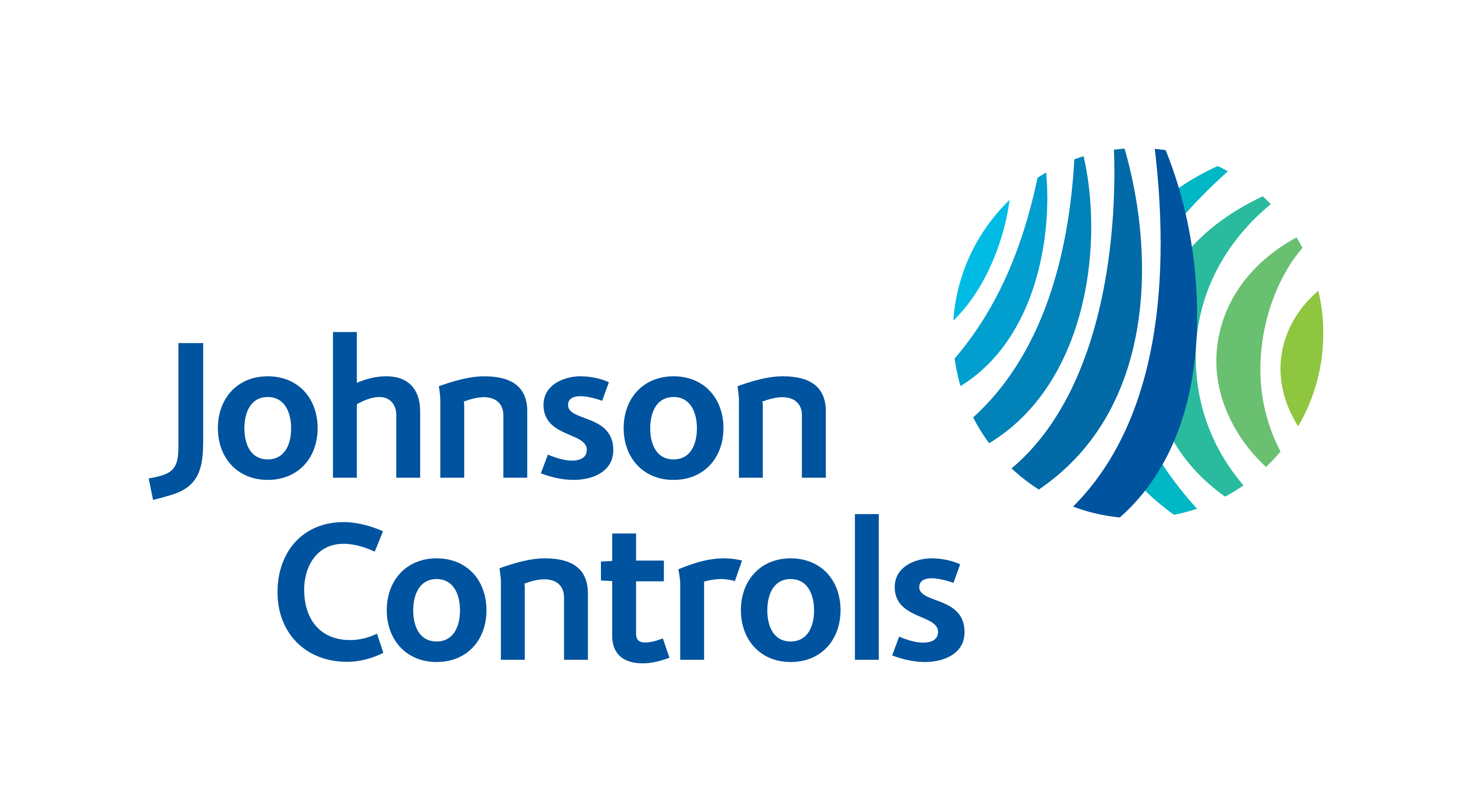Workplace Violence Prevention in Ambulatory Care Centers & Physician Offices
Learning Objectives:
- Describe common scenarios that present violence in freestanding care sites.
- Identify services that have elevated violence risks.
- Explain violence mitigation strategies and countermeasures.
- Develop a meaningful violence prevention education program.
- Design a suitable response to specific threats.
Credits:
Participants completing this course may be eligible to receive Continuing Professional Education credit or CPEs toward ASIS re-certification.
The Occupational Safety and Health Administration (OSHA) has identified healthcare workers as being among the highest risk groups for workplace violence, but most of the attention up to this point has been on hospitals. Freestanding site healthcare workers also have this risk, and it may be somewhat elevated because police or security officers are not routinely assigned to these locations. A lack of public perception of security issues compared to hospitals may also be a factor. Healthcare organizations often overlook the security needs of freestanding clinics and offices. In this webinar, Alan Lynch, Network Director of Safety & Security for St. Luke’s University Health Network, headquartered in Bethlehem, Pa., offers best practices to help you address the security risks in ambulatory care centers and physician offices.


|
Alan Lynch is Network Director of Safety & Security for St. Luke’s University Health Network, in Bethlehem, Pa. St. Luke’s is a 10-hospital health network with more than 200 freestanding facilities. St. Luke’s has a Medical School affiliated with Temple University, and has the oldest continually operating School of Nursing in the United States. Lynch has been in public safety for more than 40 years, 31 of which were in health care safety, security and emergency management. He is a Lifetime Certified Healthcare Protection Administrator (CHPA-L), a master level Certified Healthcare Safety Professional (CHSP) and a Certified Healthcare Environmental Manager (HEM). Alan also holds a degree in Criminal Justice from DeSales University, and is a veteran of the United States Army, Military Police K-9 Corps. Lynch’s notable accomplishments include several publications, safety manual chapter contributions, and national presentations including the Joint Commission CSR Conference. His security program has been recognized by the International Association for Healthcare Security and Safety (IAHSS) as a “Security Program of Distinction” for 10 consecutive years. |










